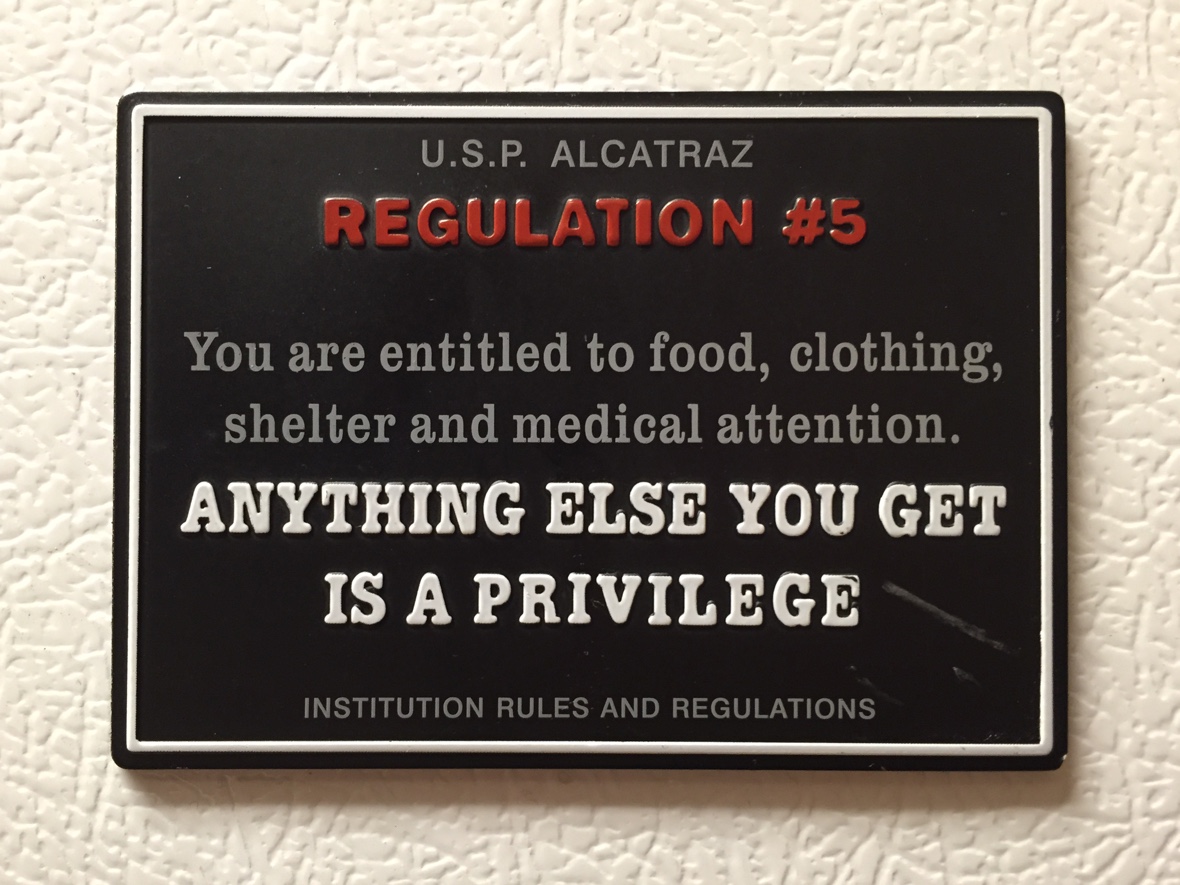I have long been fascinated by human growth and development, especially in children. The way that we absorb, categorize, and classify the world around us. We take our basic human needs and come up with rules for how we’re going to respond in certain situations, and develop them into complex behaviors and interactions.
It’s not only interesting, but also insightful. If you can understand where a behavior comes from, it’s easier to change the behavior.
In 1943, Abraham Maslow published “A Theory of Human Motivation” in Psychological Review. In it, he presents the idea that there are five levels of our basic human needs that (roughly) form a hierarchy, and that the key to understanding human behavior is to understand the needs that drive it.
Here is how Maslow breaks down the basic human needs.
- Survival: the Physiological Needs. The most basic human need is to survive. We need food, water, air, clothing, shelter, and sleep. If these needs aren’t met, we aren’t going to survive for very long.
- Safety: the Safety Needs. Next, we need to feel safe and secure. We want to be physically safe from violence and danger. We seek job security and financial stability. Emotionally, we want stable, loving relationships with our family, friends, and coworkers.
- Society: the Love Needs. We need connection with others. A sense of belonging. We congregate. We join groups and clubs, seeking out others with similar interests. This need to both give and receive affection is so overpowering that it can even override our need for safety, causing us to stay in abusive relationships (see also: Stockholm Syndrome).
- Swagger: the Esteem Needs. The fourth need works at two levels, what Maslow called a lower esteem (the need for others to respect us) and a higher esteem (the need for self-respect). It is the need for self-confidence, independence, and the right to self-determination. We want to know that our contributions are valued and meaningful. We want to make a difference in the world.
- Self-Actualization: the Need to Grow. Maslow first called this self-actualization, then later self-transcendency. Once we have the basic needs covered, we seek to master those needs. We set our sights higher, and work to become the very best self that we can be. We are not content to sit back and be the same person this year that we were last year. That’s why New Year’s resolutions are so popular: we are driven to improve ourselves.
According to Maslow’s research, most of us feel and satisfy needs in this basic order, though some individuals may experience a different order.
The levels aren’t well-separated, and things can often span boundaries between levels. Consider your relationship with your spouse. To love and be loved is probably the first level that comes to mind. But you also want the safety and security of a healthy marriage, and research has shown that the number one thing men want from their wives—even more than sex—is respect.
Through our experiences in life, we develop beliefs of how we can meet these needs. Those beliefs ultimately shape our behavior. If you’re trying to understand someone’s behavior, or modify your own, it helps to understand the basic human needs that drive everything we do.
Question: How do you recognize the needs behind what’s driving you? Share your thoughts in the comments, on Twitter, LinkedIn, or Facebook.

